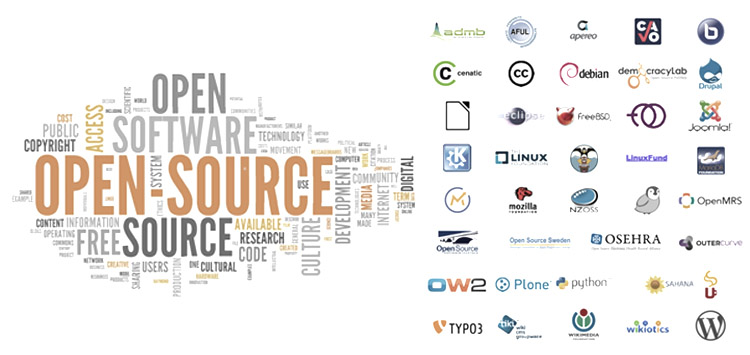invention, intellectual property and income
.
lecture / slide: Fabacademy 2015 05.27D Lesson17: Invention, Intellectual Property, and Income MIT CBA Invention, IP, Business.
topics: research, development, ecosystems, patents, copyrights, trademarks, motivations, for-profit, non-profit, funding, lifecycle.
assignment: develop a plan for dissemination of the final project!.
personal questionnaire:What am I going to do with my project?
This week’s assignment is intended to place our projects in the field and describing how it will work, showing future directions. Addressing both possibilities and limitations I want to make my project completely open source, I will share all the resources and files and I think it’s important that if you rely on open source knowledge you should continue in this manner! Commercial success and progress of knowledge for the broader audience do not necessarily mean two opposite things, do not oppose a “either/or”. At the same time I feel confident about teaching people how to use the machines, giving workshops or webinars and continue my own art projects based upon this idea - because to be honest, the documentation we always used to do to explain to others, they are more than necessary for ourselves. I will bring the machine to urban gardens around El Poble Nou (the Brooklyn of Barcelona where both the art gallery I am living in and the FabLab are located) to show off the possibilities of technology in guerrilla gardening. Funnily enough I got also to know about an art gallery that is looking for a Deltabot for its permanent collection. The machine will be transparent so I can perfectly imagine the machine as well in a gallery and why not also producing FabSeedbombs there, making like-minded people meet and exchange.Invention
My final project idea is combining the idea of robotics, adressing forward and inward kinematics, servo-based actuation of digitally fabricated parts. But not only the making of a machine fascinates me, it is also the interfacing (done in Processing & Arduino via Serial Communication) will enable interactive control of such a machine. Eventually then connecting an extruder for printing Seedbombs to regreen vacant urban lots is rounding up my project ideology. The whole project (apart from servos and magnets) is completely fab-able (doable in a FabLab). Also a machine combining the ideas of electronics and nature is exactly our mindset in the Green Fab Lab Valldaura, just outside Barcelona.
Intellectual property
For the intellectual property of this project it is very hard to say it’s “mine”. It is rather a personal statement or position in urban planning an architecture that I want to address, taking into considerations many advices and references. Cross pollination is the key for this. Because of this the project needs to be available to the community for further development or hacking I choose the Creative Commons Attribution-NonCommercial-ShareAlike 4.0 International license (short CC-BY-NC-SA 4.0) because it fits my ideology in both software and hardware terms. You can freely remix, adapt, hack/modify the machine but I don’t want it to become a commercial product in the first place. When using codes or anything, just use attribution just as I do so people will get the overview much faster. Working on this project also means that future derivations will be shared under the same conditions.Income
As mentioned above I will try to push this project for further academic or artistic purposes. If I succeed to sell the big machine to the gallery, I am happy. If not I will rather see the whole idea as my “personal business card” to introduce my interest in bridging art, architecture, design, digital fabrication, robotics and biology (in a small scale).What did I learn?
Taking Fab Academy was one of the best decisions I have ever taken and I highly recommend this programme to anybody interested in making, shaping and fabricating the future or at least parts of it. I just recently finished my Undergrad thesis and I wonder where this course will take me after all. In the lab we are around 25 students from different educational backgrounds, countries, different ages and ethics, this is amazing. I think the main goal of the course - at least for me was less the final project but the whole process of making it, of rethinking as you discover new possibilities, new questions that arise every week, troubleshooting with computers and machines, human interaction and digital craft. There were many assignments and we became smarter week by week.We researched, read, talked, produced, tested, failed, produced better again. A life-changing program!
.
bookmarks / links: A Short Guide to Open-Source And Similar Licenses Creative Commons BY NC SA 4.0 Legal Code Creative Commons Licenses Fab Academy at the Fab Lab Barcelona.
global review: Fabacademy 2015 05.27B Review16: Final projects Pt 2-

Any content on these pages by Alexander Nikolas Walzeris licensed under a Creative Commons
Attribution-NonCommercial-ShareAlike 4.0 International License